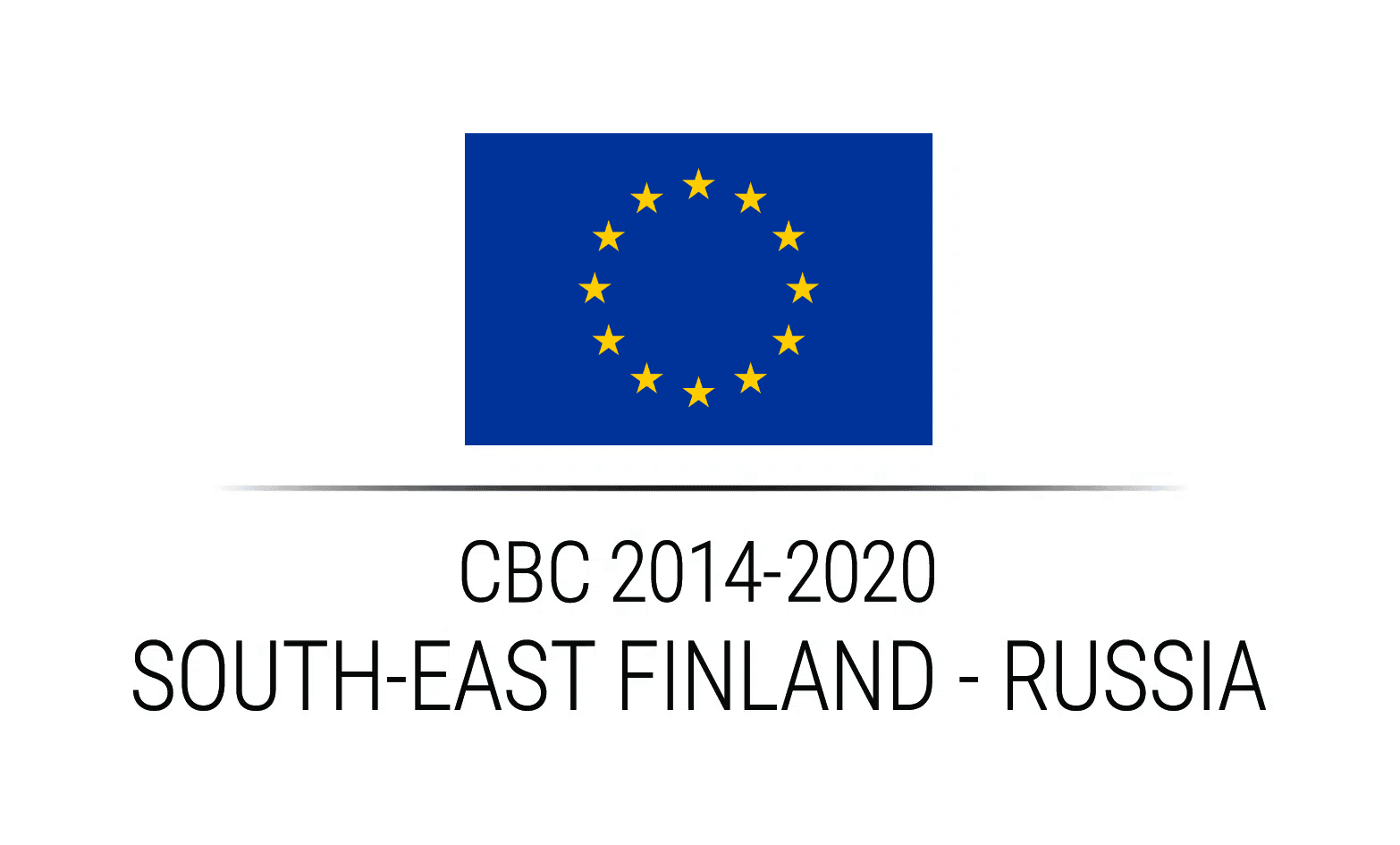Jyri Mustonen
Project Manager, International Affairs
Finnish Transport Infrastructure Agency
South-East Finland – Russia CBC Programme area has a unique character in the frame of the European Union external borders. Four international land border crossing points at the Finnish-Russian border, namely (from North to South) Imatra, Nuijamaa, Vainikkala and Vaalimaa are located at programme’s core region. In 2018, the Finnish-Russian border was crossed ca. 7 million times through these points and in addition, in Parikkala (South-Karelia region) the border may be crossed with the special permit in limited hours (Source: Finnish Border Guard). Programmes ENPI 2007-2013 and CBC 2014-2020 include investments to the border infrastructure and equipment, which in total meet well with the requirements to manage large annual capacity of passengers and cargo transport.
Road development from Pakistan to Moscow
Jyri Mustonen, who works at the Finnish Transport Infrastructure Agency (FTIA), knows very well how important the fluent traffic is for the border regions and how it reflects to the cooperation between various authorities acting at the border zone. His work history of little over thirty years as a highway engineer and manager of international projects has given him also credibility of a professional opinion and consultation.
tells Jyri.
After millennium, he still returned to an ADB project, which included training of the road survey and RAMS (Road Asset Management System) in Papua New Guinea. Today Jyri’s home depot is Transport and Land Use department in the FTIA, which is responsible for developing and coordinating different traffic modes with surrounding society. He is in charge of the cooperation between central administration and the North Karelia area.
Finnish-Russian cooperation
FTIA in the biggest infrastructure player in Finland and they carry out large number of projects regardless of the CBC funding. But when it comes to joint projects with other state agencies, the programme funding is significant. It enables useful and much needed common border crossing projects, which could not be achieved by a single actor alone. Getting a major grant – for example 80 % of total costs – and support to cooperation launch the projects faster in many cases than what could be possible with only national funding resources.
Key partners of the FTIA in Russia are Ministry of Transport, Directorate St. Petersburg, Leningrad Road Committee, Road Administration of North-West Russia, Karelian Republic Road Administration and the State University of Petrozavodsk. Jyri also points out that, “Personal relationships matter a lot. After you have met with another, things are much easier. Common projects have increased confidence and our primary way of working is still face-to-face meetings even there are useful on-line tools.”
Projects funded from the South-East Finland – Russia ENPI 2007-2013 programme and ENI CBC 2014-2020 are presented on the following websites by the FTIA: Väylä – ENPI and Väylä – ENI CBC. In a big picture, the ENI CBC period continues the work started in ENPI in a very seamless way even there was some timely cap between the programmes.
Forwarding good practices for 2021-2027 period
ENPI and ENI CBC programmes have helped to modernize many border crossing points, and one can say, that after the current programme the border crossing traffic volume capacity on the Finnish side is quite sufficient for several years to come. More passengers, cars, trucks and cargo trains may be handled efficiently, safely and taking environmental aspects into account.
states Jyri.
The Managing Authority (MA) is responsible of the implementation of the CBC programme in accordance what is stated in the Implementation Regulations, the Joint Programme Document and the Financing Agreement between the EU, Russia and Finland. The projects are carried out based on the written grant contract and its annexes and this is the case in all three CBC programmes between Finland and Russia.
Jyri has very positive experiences of the cooperation with the MA and of the support received in every step of the way. “ I really have a feeling that we try to achieve a common goal,” he says, while also pointing out that less practical differences there are between programmes, the better for the lead partner. This is a valuable remark to be taken into account for the next programming process.
Careful synchronizing of the investment needs in both countries is also essential and that was already managed quite well according to the ENPI Ex-Post evaluation commissioned by the European Commission. Common assets, such as high scientific skills and technical know-how, should be put together in the most efficient “mirror-projects” and in a way which gives the highest development potential for the border regions and well-being of their population.
Editor: Sari Loisa

